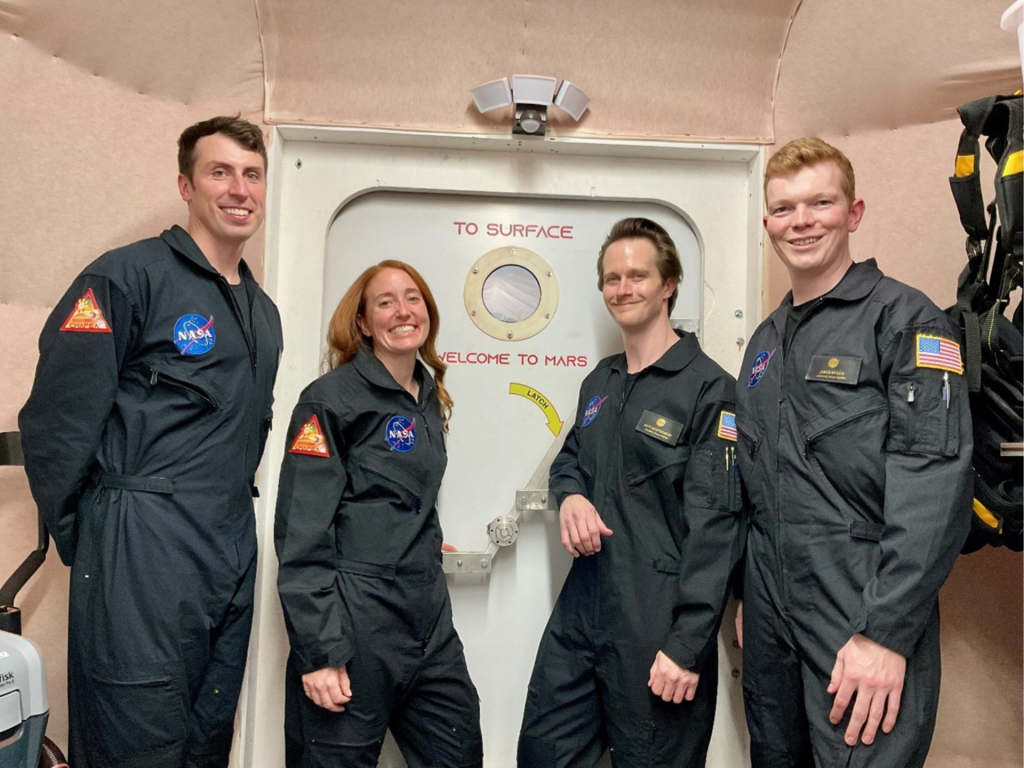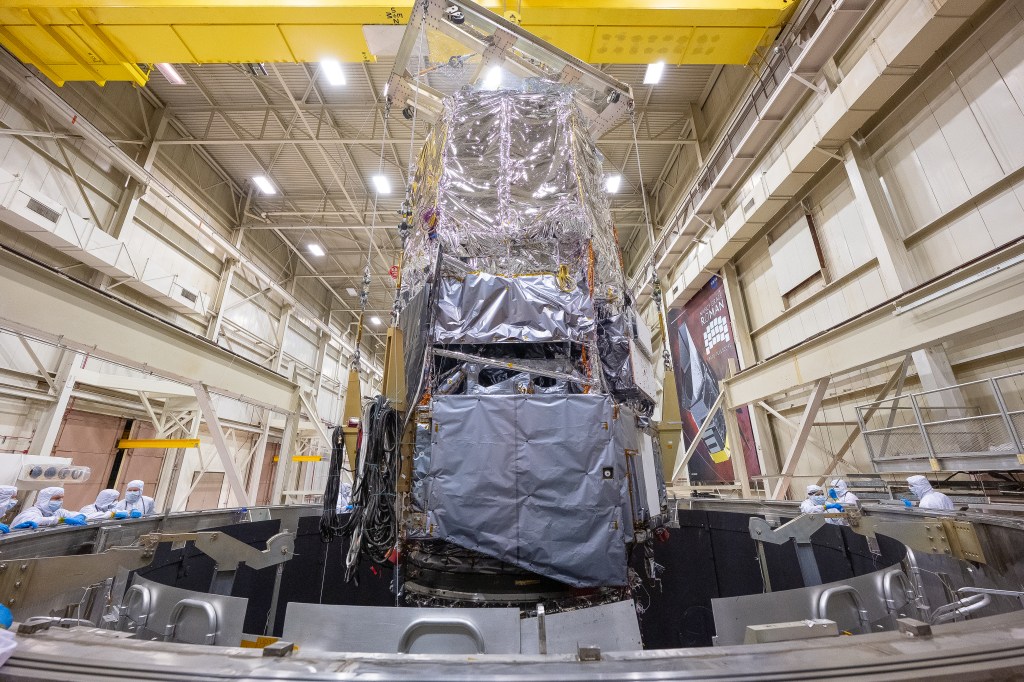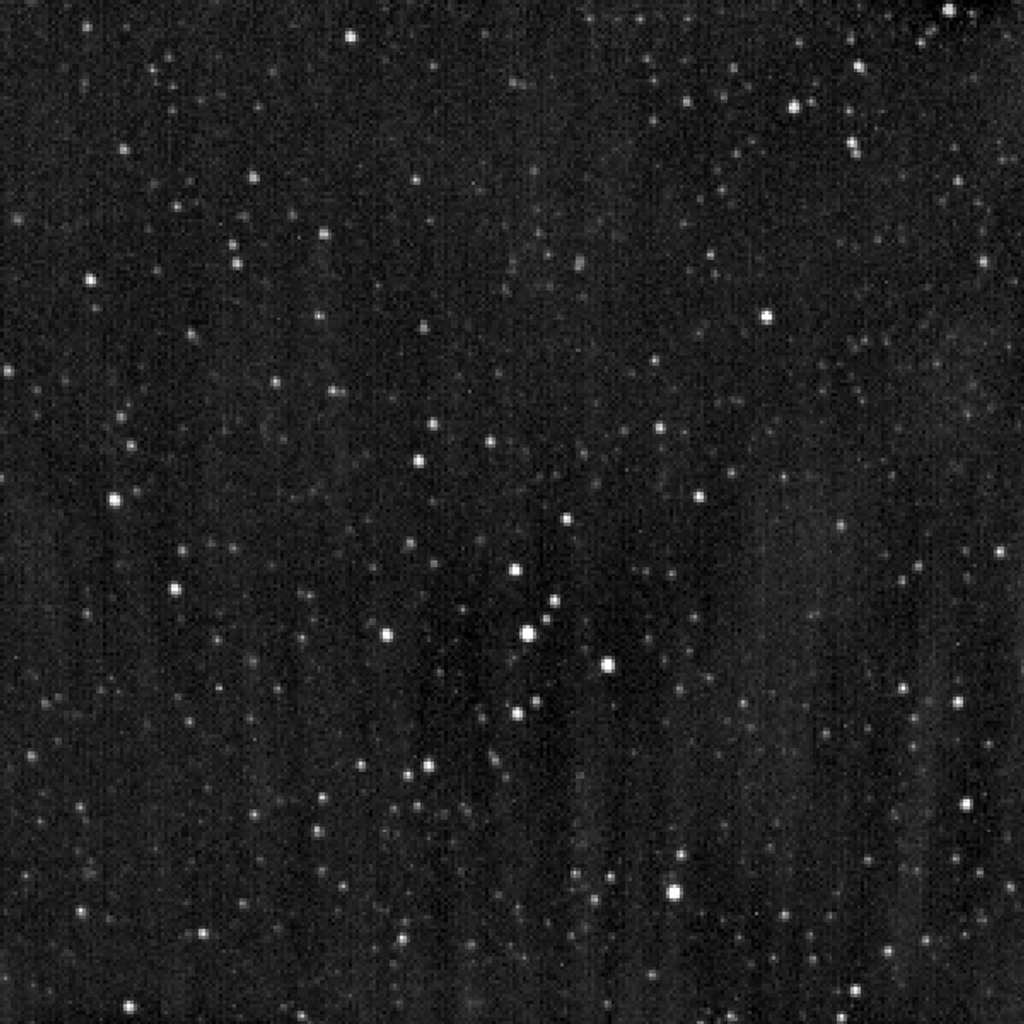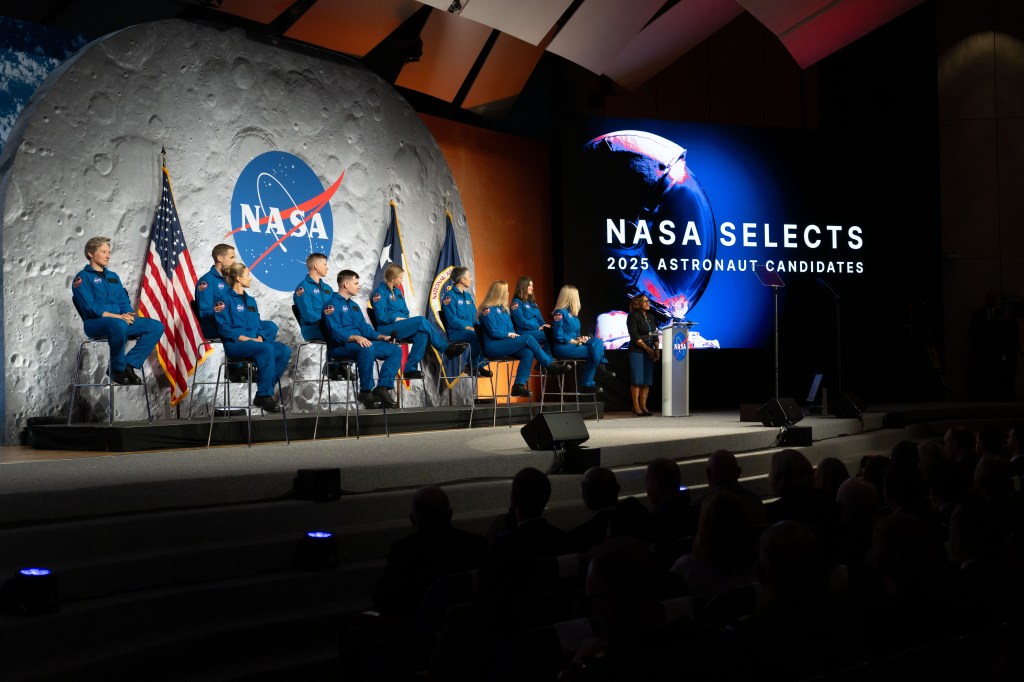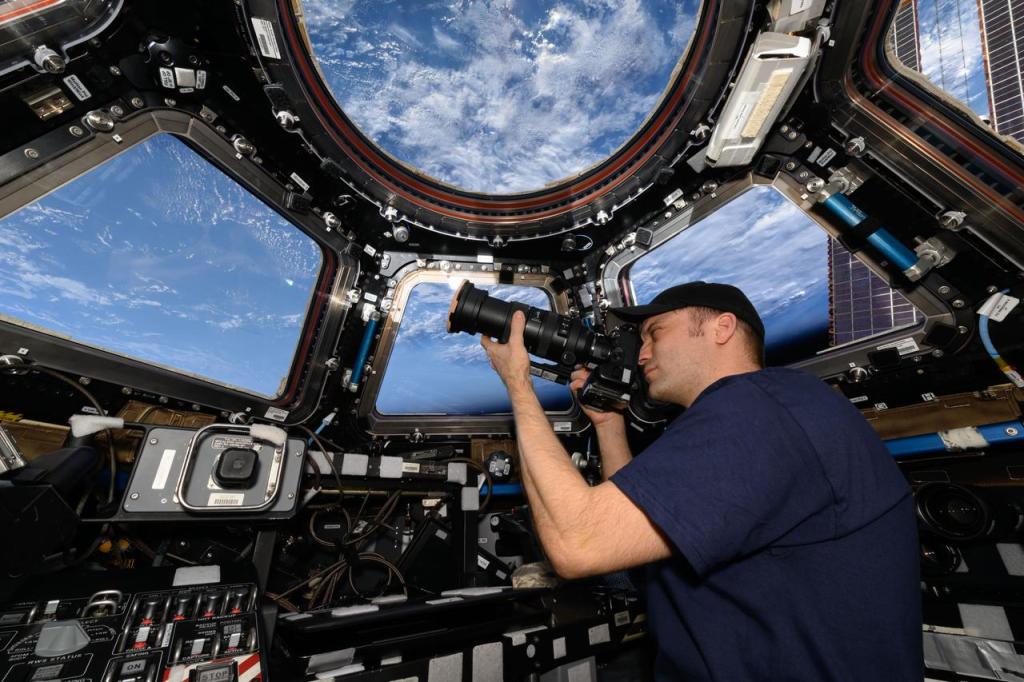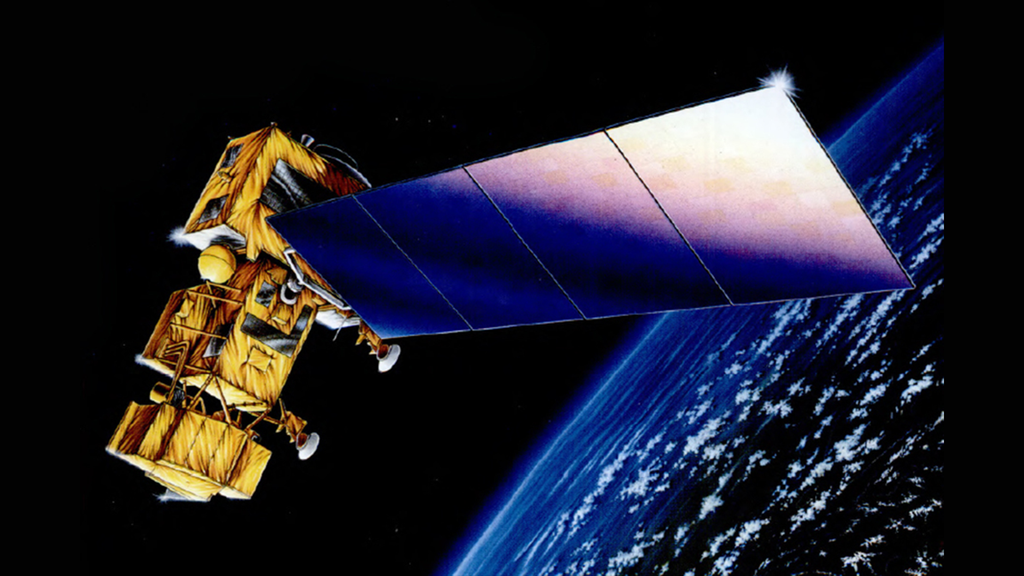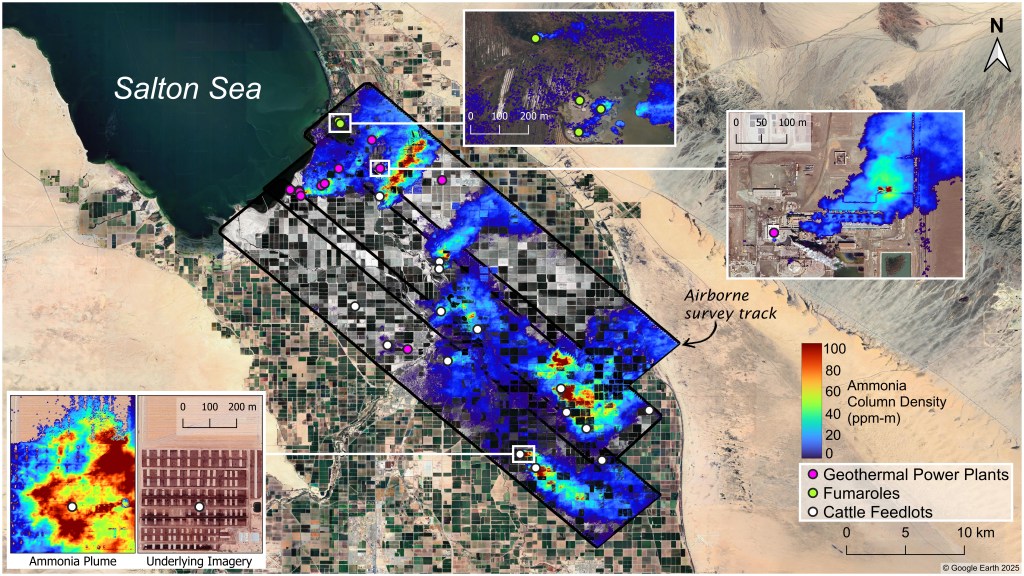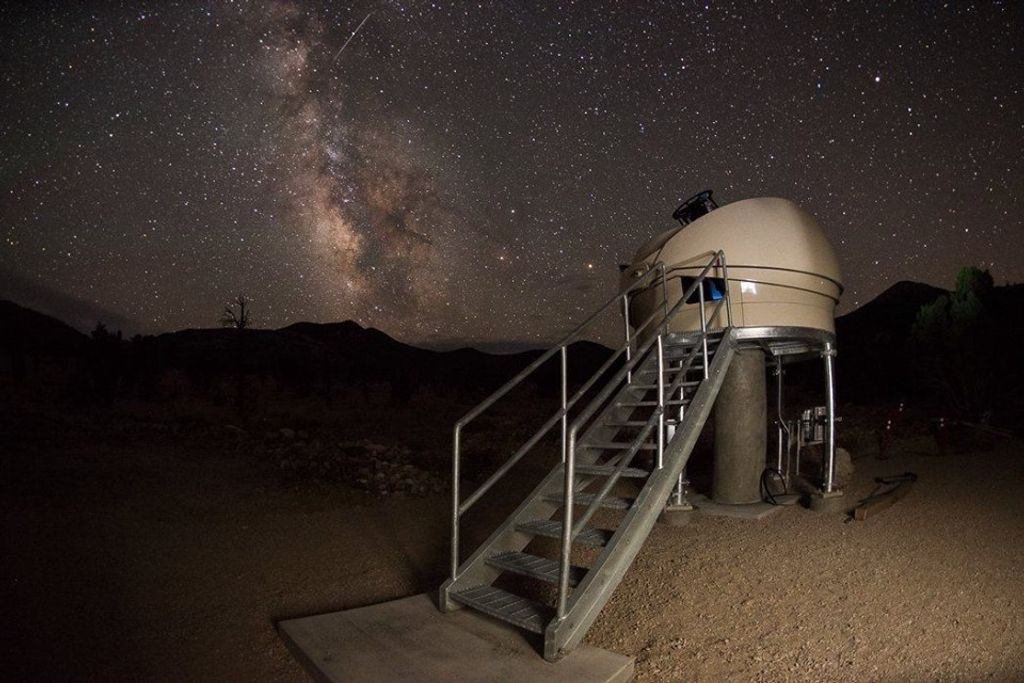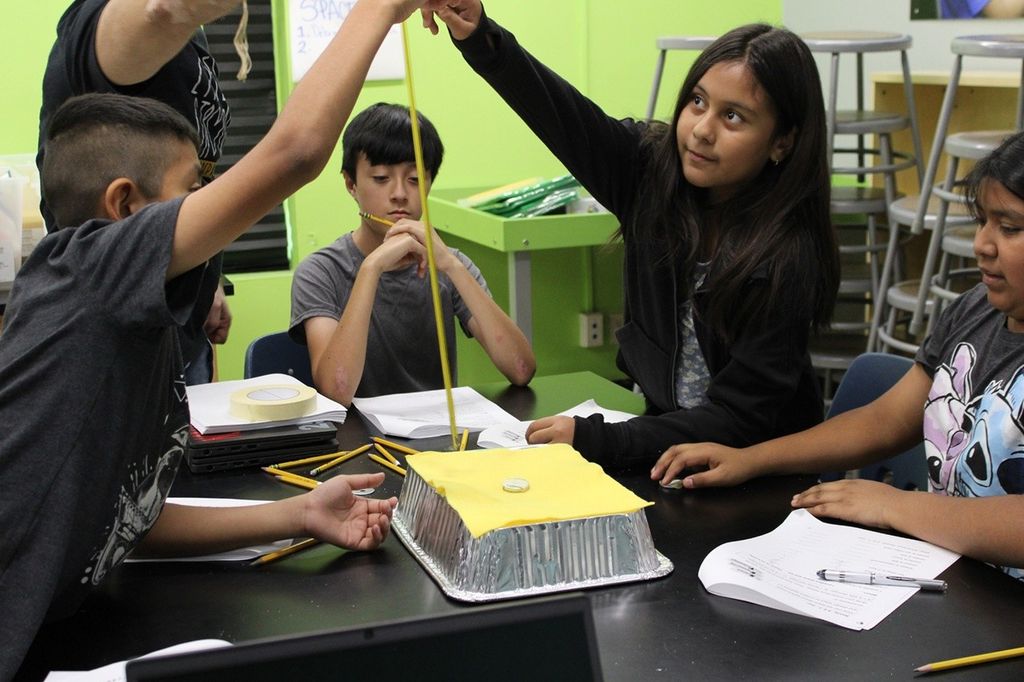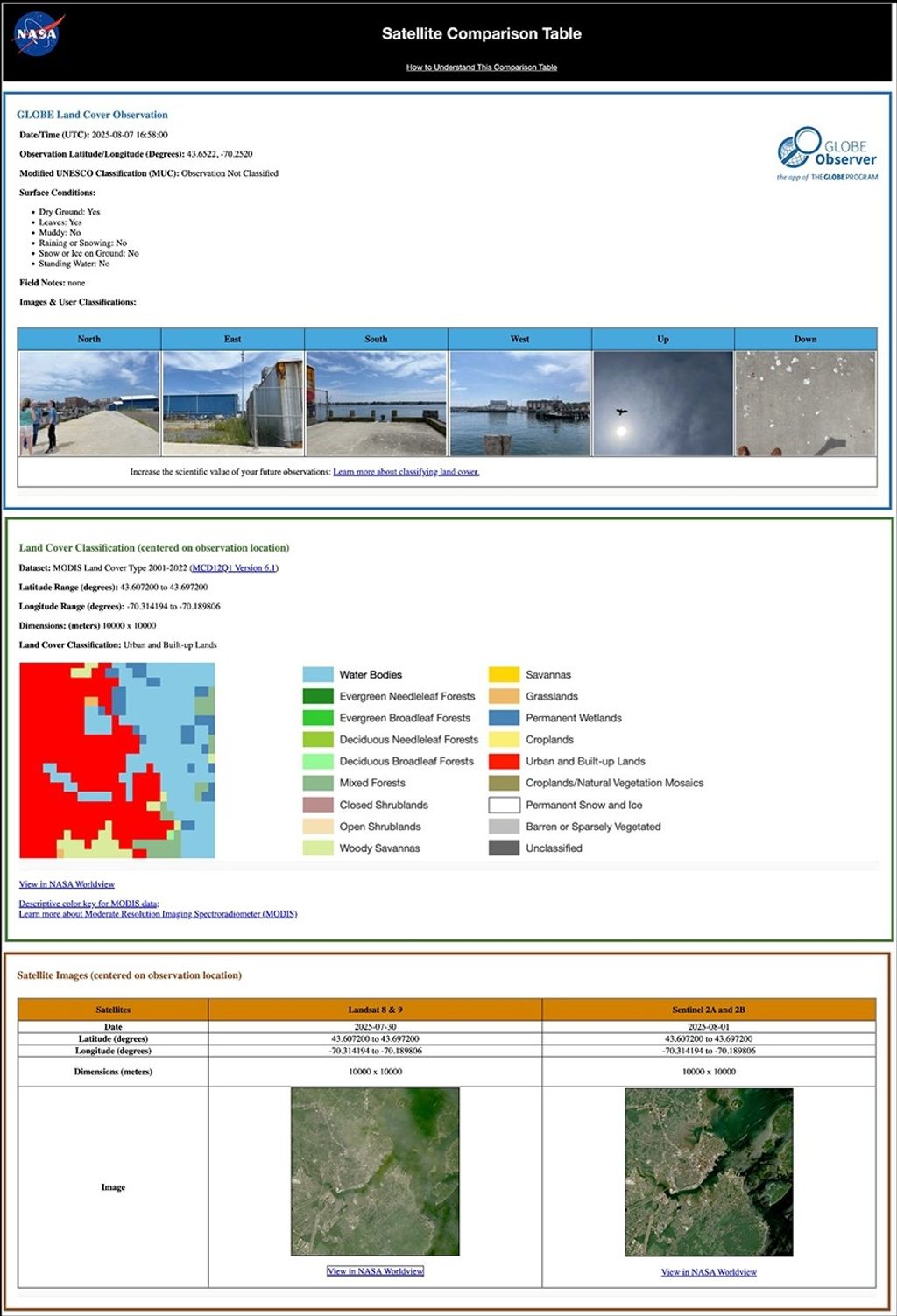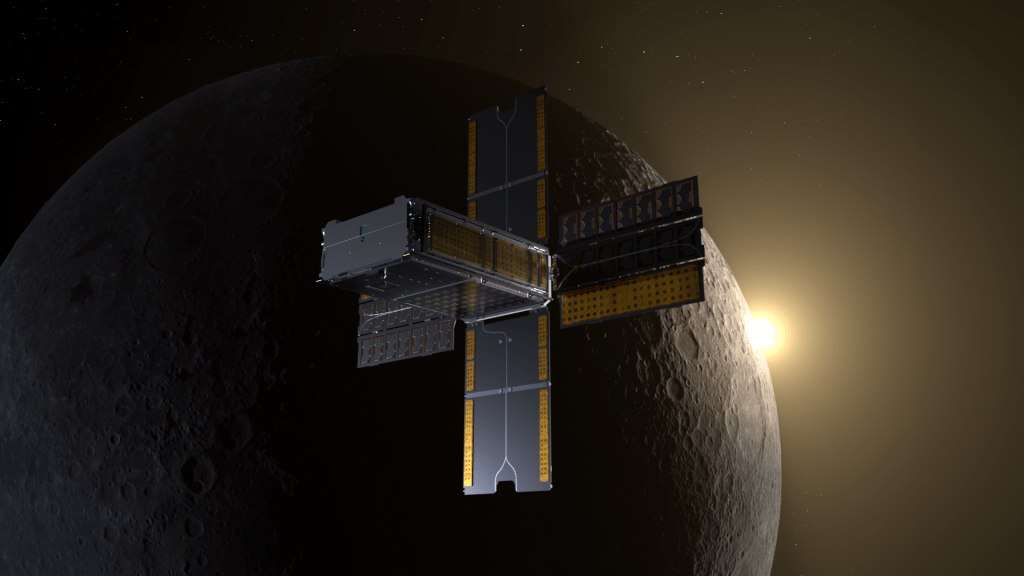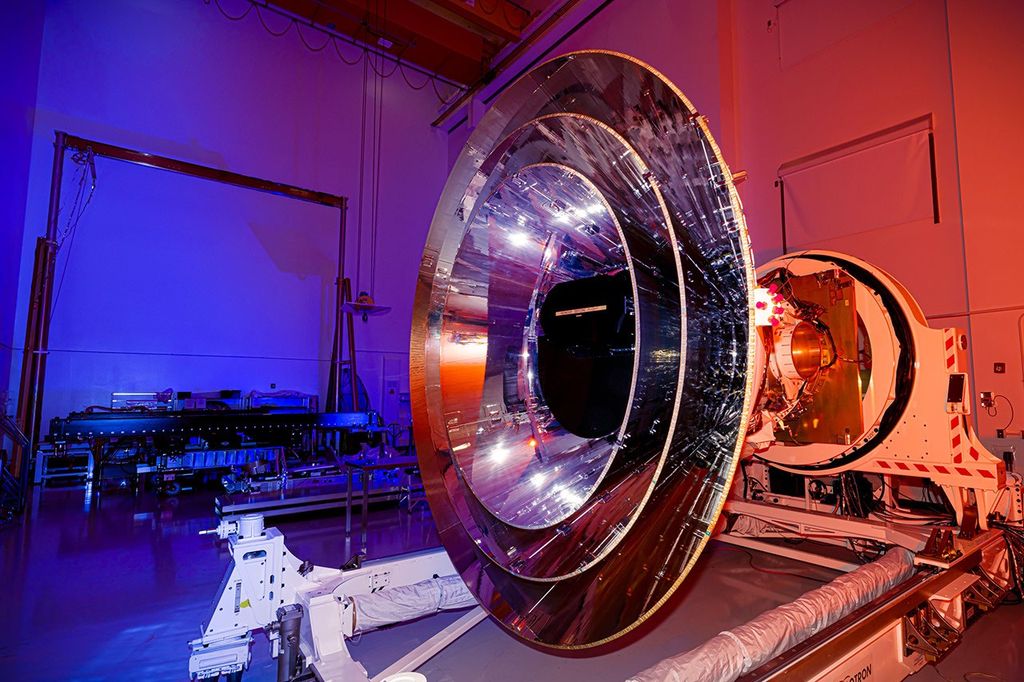A team of engineers at Marshall Space Flight Center in Huntsville, Ala., recently conducted advanced structure sensor testing on a carbon composite cryogenic tank. Composite cryogenic tanks are fuel storage tanks made of a carbon composite, which is lighter than the metal from which traditional tanks are built. These new tanks could reduce cost and weight significantly for future spacecraft.
The tank, which is 42 inches in diameter, 96 inches in height and has a capacity of 500 gallons, was covered with several types of sensors designed to monitor structural integrity and state of health during the test. It then was filled with liquid nitrogen and pressurized until it burst, all while collecting data from the various sensors. This data could be used to design future “smart” cryogenic composite tanks that would have these types of sensors embedded into their structure allowing for easier maintenance and gathering of data.
“This testing was a great example of team work, both within our own Marshall team and with [NASA’s Kennedy Space Center in Florida], the lead center on this project,” said Karen Knight, Advanced Exploration Systems integration lead at the Marshall center. “We are pleased with how the test went, and it will be exciting to really dig in and analyze this data to see how it may affect design and development of future composite cryogenic tanks.”
Composite cryogenic tanks could be used to carry fuel for future vehicles, like the Space Launch System, the heavy-lift rocket NASA is currently designing that is managed by Marshall. The recent testing was part of a structural health monitoring study funded by NASA’s Advanced Exploration Systems program and led by Kennedy.


